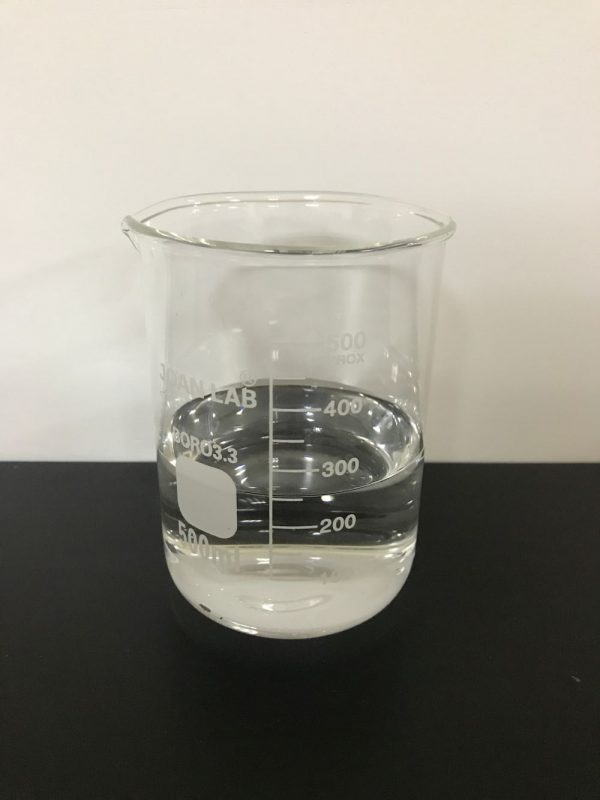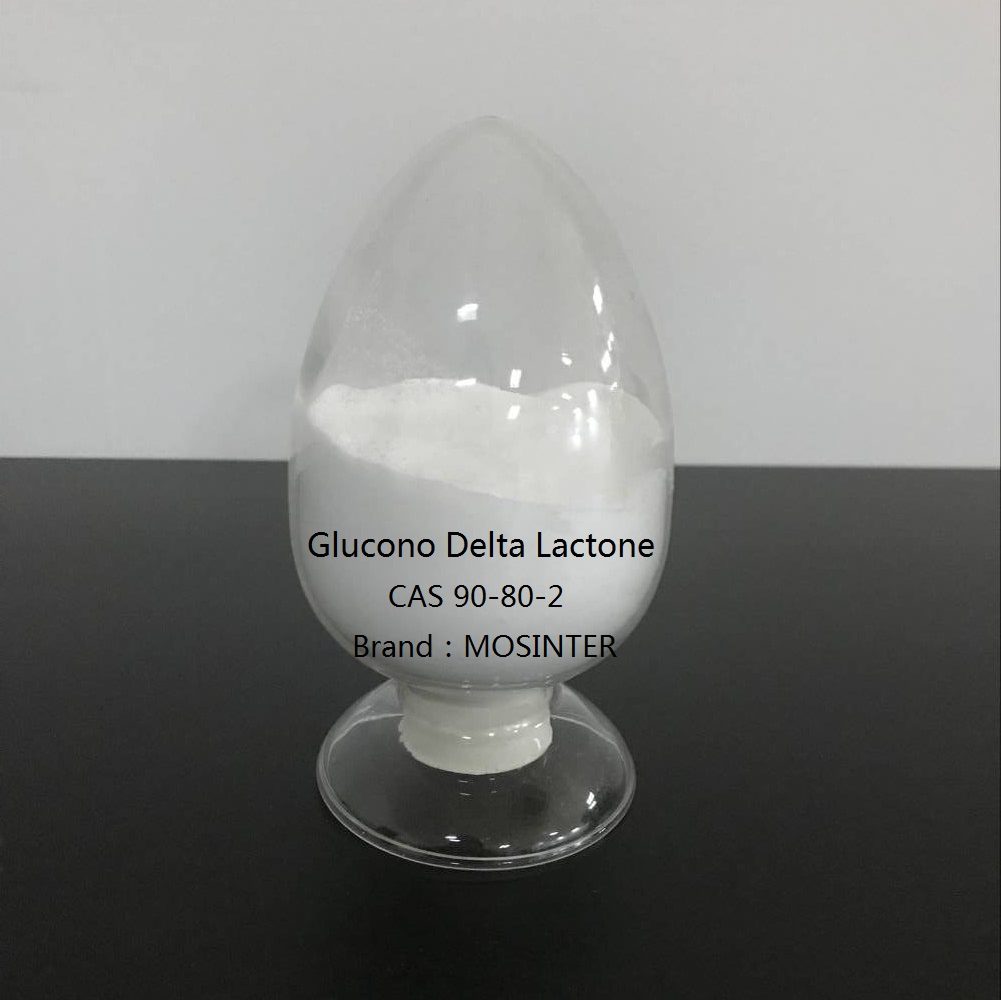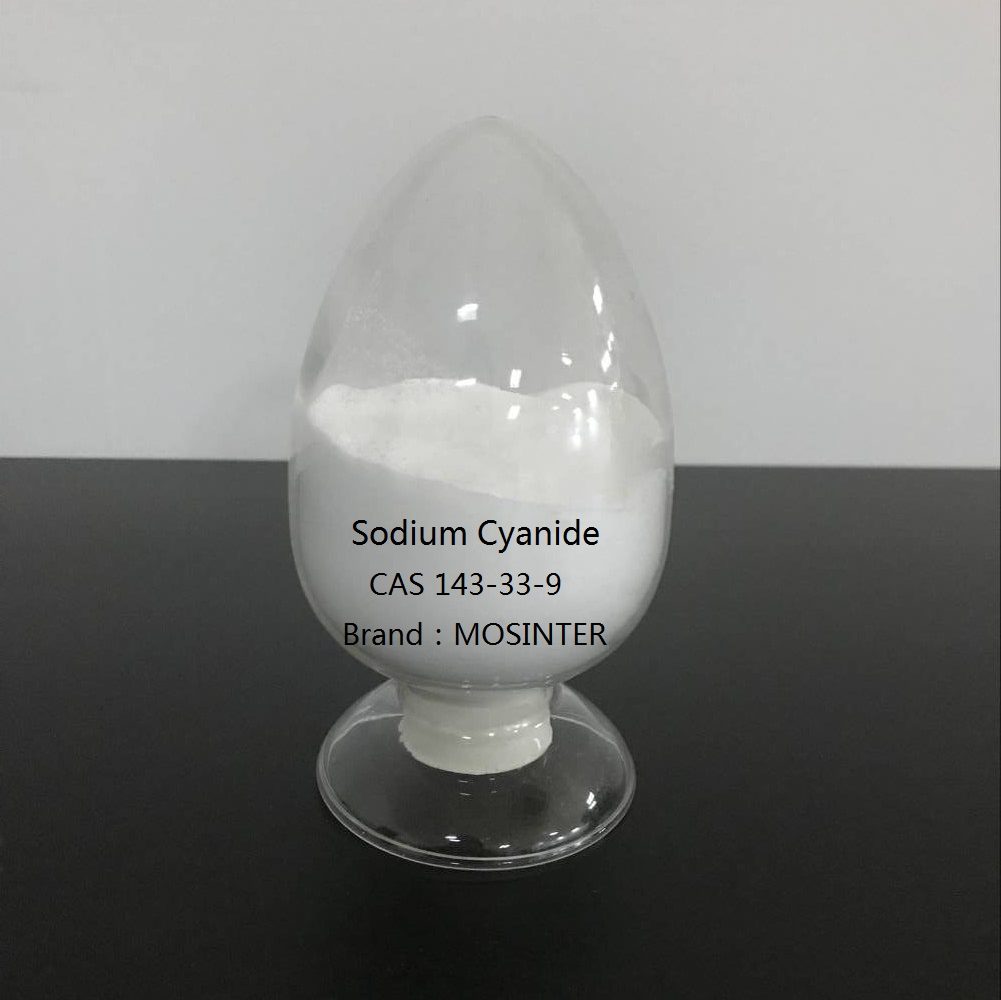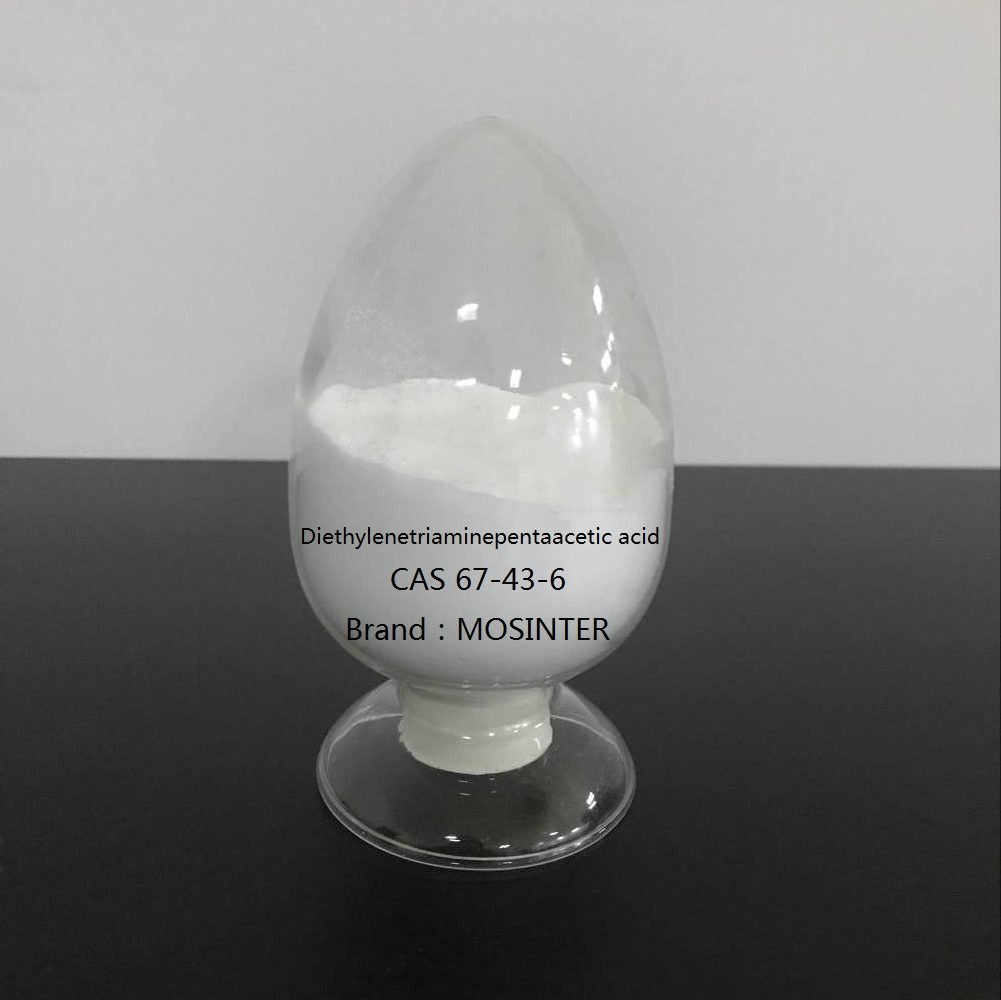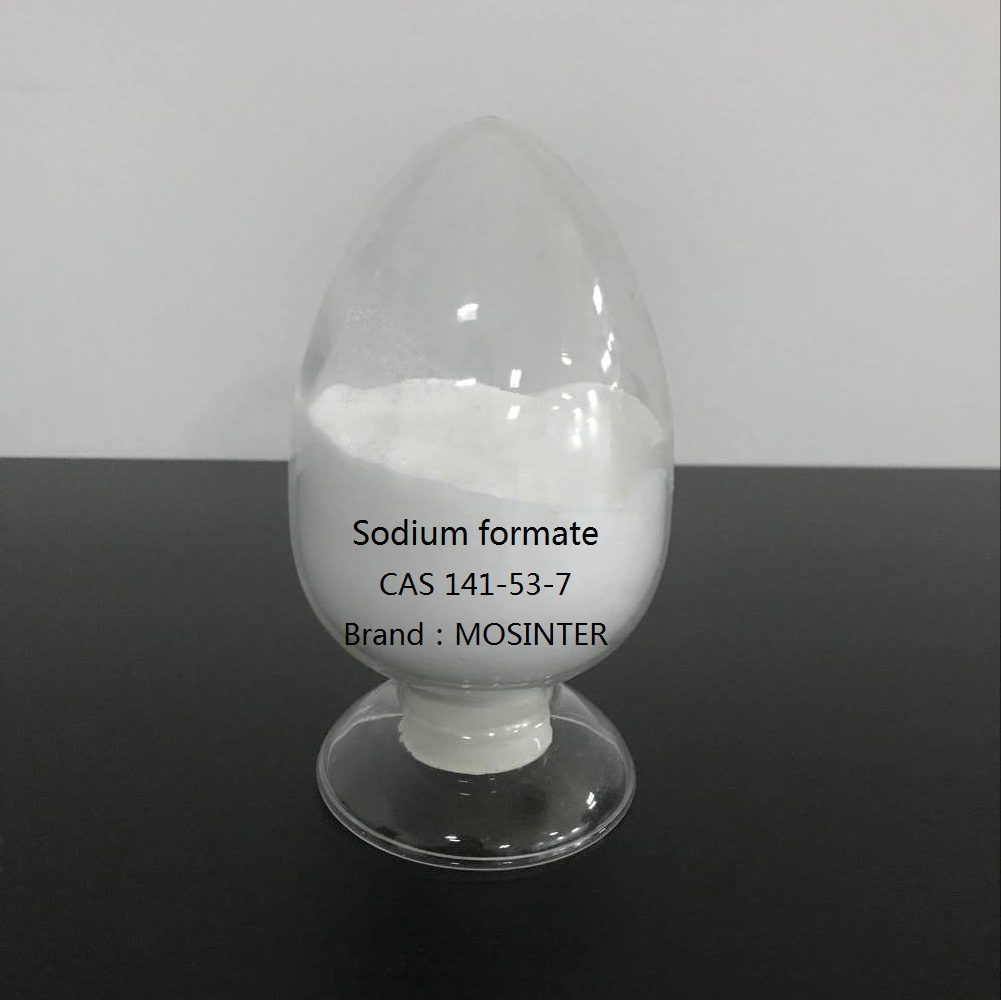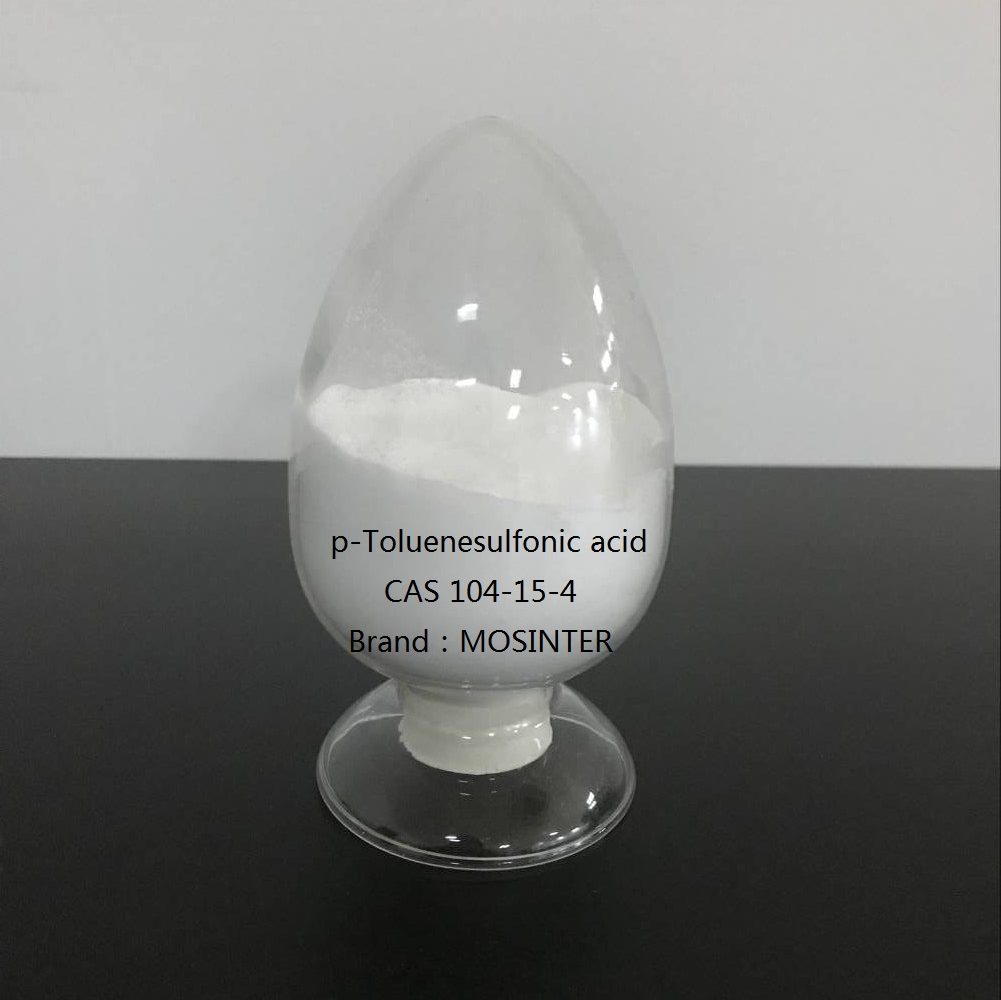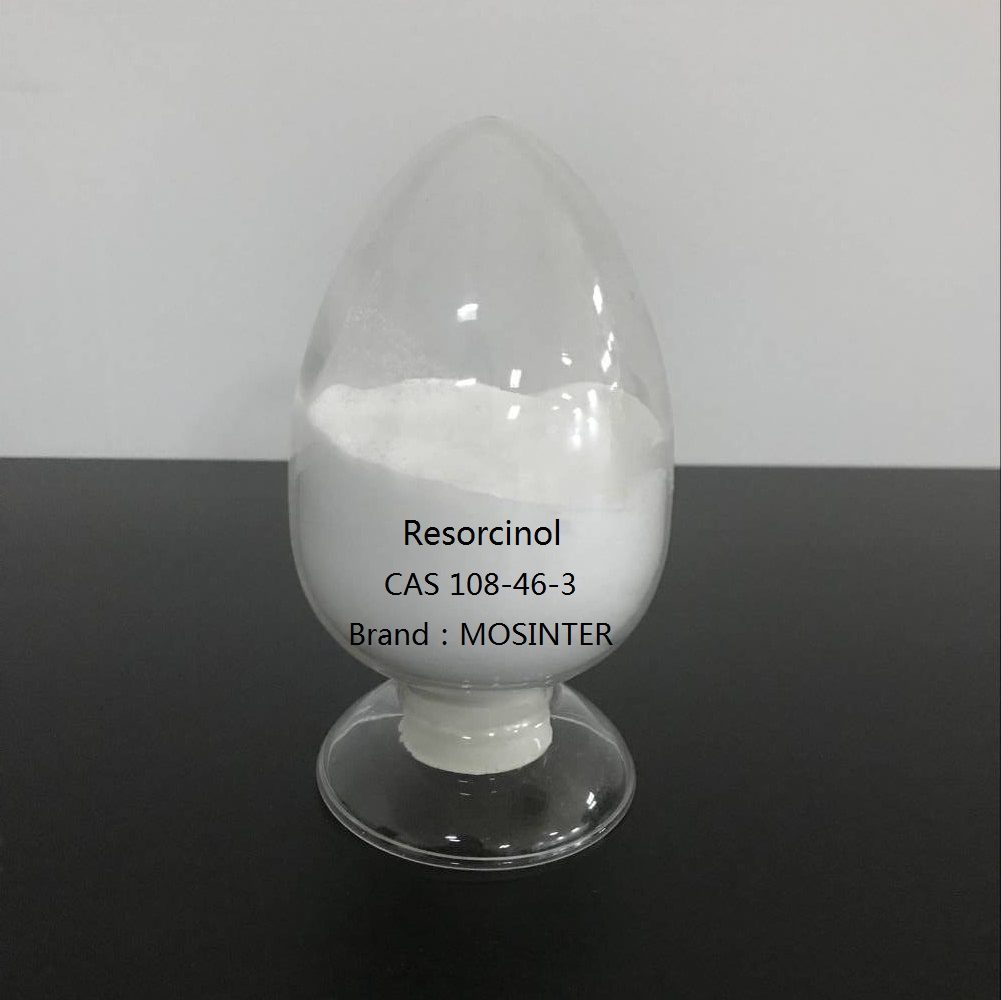- Have any questions?
- +86-189 8930 5995
- sales@mosinterchem.com.cn
Tetrahydrothiophene CAS 110-01-0

Tributylamine CAS 102-82-9
24/12/2018
1,4-Benzoquinone CAS 106-51-4
24/12/2018| Model: | MOS110-01-0 |
| Brand Name: | MOSINTER |
| Molecular formula: | C4H8S |
| Molecular weight: | 88.1713 |
| Melting point: | -96 °C |
| Density: | 1g/mL at 25 °C(lit.) |
| Flash point: | 55 °F |
| Boiling point: | 119 °C(lit.) |
| Vapor Pressure: | 18 mm Hg ( 25 °C) |
| Characteristic: | Flammable and harmful |
| Odor: | Smelly |
| Assay: | 99% |
Tetrahydrothiophene is an organosulfur compound with the formula (CH2)4S. It consists of a five-membered ring containing four carbon atoms and a sulfur atom. It is the saturated analog of thiophene. It is a volatile, colorless liquid with an intensely unpleasant odor. It is also known as thiophane, thiolane or THT.
[Synthesis and reactions]
This compound is a ligand in coordination chemistry, an example being the complex chloro(tetrahydrothiophene)gold(I).
Oxidation of THT gives the solvent called sulfolane, a polar solvent with almost no odor. Sulfolane is more conventionally prepared from butadiene.
[Applications]
Because of its smell, tetrahydrothiophene has been used as an odorant in LPG, albeit no longer in North America. It is also used as an odorant for natural gas, usually in mixtures containing tert-butylthiol.
[Stability]
Stability Highly flammable. Vapour-air mixtures explosive in some proportions; note low flash point and fairly wide explosion limit range. Heavier than air, so potentially explosive mixtures may travel considerable distances to source of ignition.
[First Aid Measures]
Ingestion
Never give anything by mouth to an unconscious person. Get medical aid. Do NOT induce vomiting. If conscious and alert, rinse mouth and drink 2-4 cupfuls of milk or water.
Inhalation
Remove from exposure to fresh air immediately. If not breathing, give artificial respiration. If breathing is difficult, give oxygen. Get medical aid.
Skin
Get medical aid. Flush skin with plenty of soap and water for at least 15 minutes while removing contaminated clothing and shoes.
Eyes
Immediately flush eyes with plenty of water for at least 15 minutes, occasionally lifting the upper and lower eyelids. Get medical aid immediately.
[Handling and Storage]
Storage
Keep away from heat, sparks, and flame. Keep away from sources of ignition. Flammables-area. Keep containers tightly closed. Store in a cool, dry area away from incompatible substances.
Handling
Wash thoroughly after handling. Use with adequate ventilation. Ground and bond containers when transferring material. Use spark-proof tools and explosion proof equipment. Avoid contact with eyes, skin, and clothing. Empty containers retain product residue, (liquid and/or vapor), and can be dangerous. Avoid contact with heat, sparks and flame. Avoid ingestion and inhalation. Use only in a chemical fume hood. Do not pressurize, cut, weld, braze, solder, drill, grind, or expose empty containers to heat, sparks or open flames.
[Hazards Identification]
Inhalation
May cause respiratory tract irritation. Aspiration may lead to pulmonary edema. May be harmful if inhaled. Vapors may cause dizziness or suffocation. May cause burning sensation in the chest. Exposure may cause headache, nausea and vomiting.
Skin
May cause skin irritation. May cause cyanosis of the extremities.
Eyes
May cause eye irritation. May cause chemical conjunctivitis.
Ingestion
May cause gastrointestinal irritation with nausea, vomiting and diarrhea. Ingestion of large amounts may cause CNS depression. May be harmful if swallowed. Exposure may cause headache.
Hazards
Vapors may form explosive mixtures with air. Vapors may travel to source of ignition and flash back. Most vapors are heavier than air. They will spread along ground and collect in low or confined areas (sewers, basements, tanks). Vapor explosion hazard indoors, outdoors or in sewers. May polymerize explosively when heated or involved in a fire. Runoff to sewer may create fire or explosion hazard. Containers may explode when heated. Many liquids are lighter than water.
[Exposure Controls/Personal Protection]
Personal Protection
Eyes: Wear safety glasses and chemical goggles if splashing is possible. Skin: Wear appropriate protective gloves and clothing to prevent skin exposure. Clothing: Wear appropriate protective clothing to minimize contact with skin.
Respirators
A respiratory protection program that meets OSHA’s 29 CFR 1910.134 and ANSI Z88.2 requirements or European Standard EN 149 must be followed whenever workplace conditions warrant a respirator’s use.
Exposure Effects
The toxological properties of this substance have not been fully investigated.
[Small spills/leaks]
Avoid runoff into storm sewers and ditches which lead to waterways. Clean up spills immediately, using the appropriate protective equipment. Cover with an activated carbon adsorbent and place into a closed container for disposal. Remove all sources of ignition. Use a spark-proof tool. Provide ventilation. A vapor suppressing foam may be used to reduce vapors.

